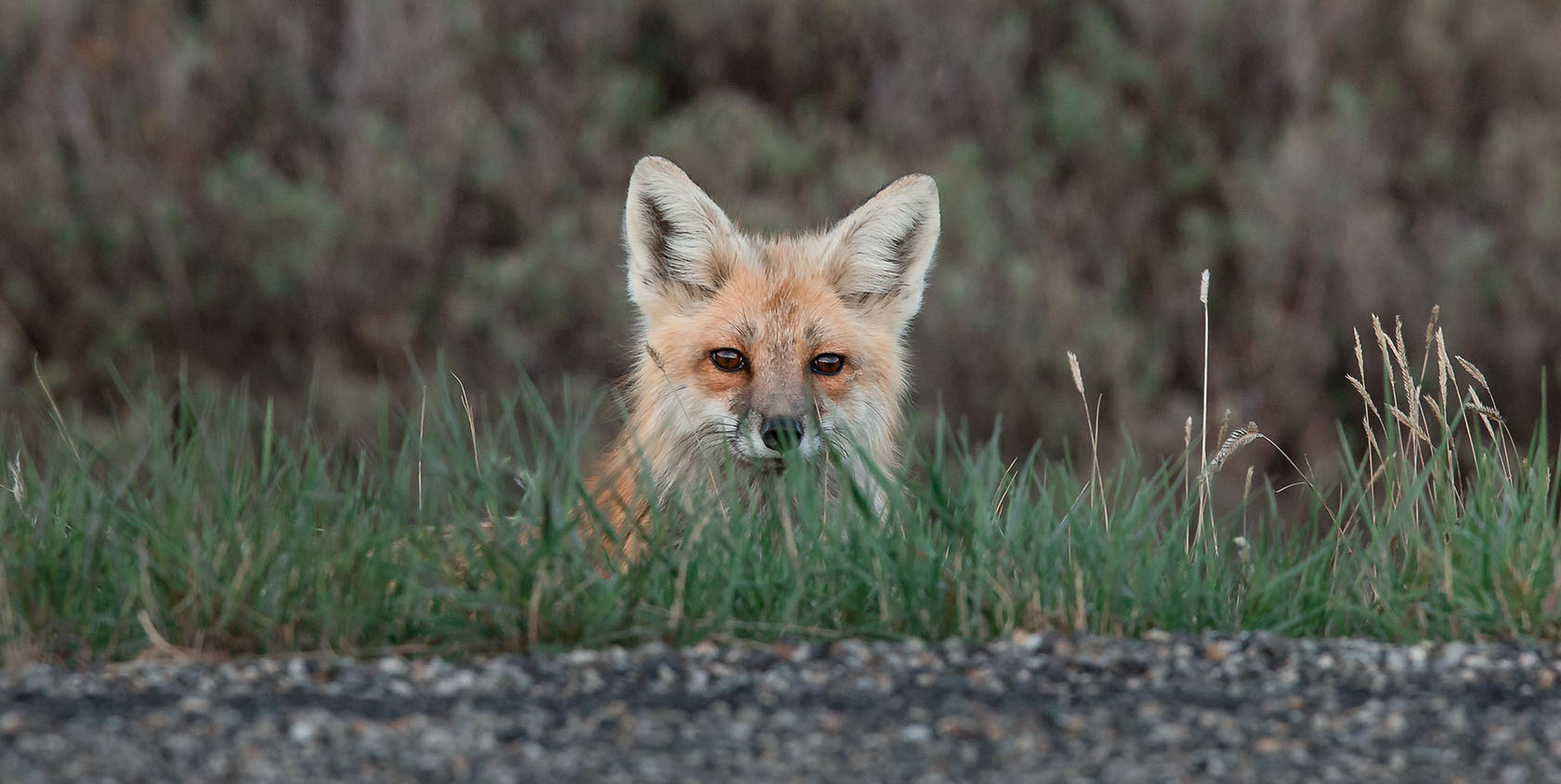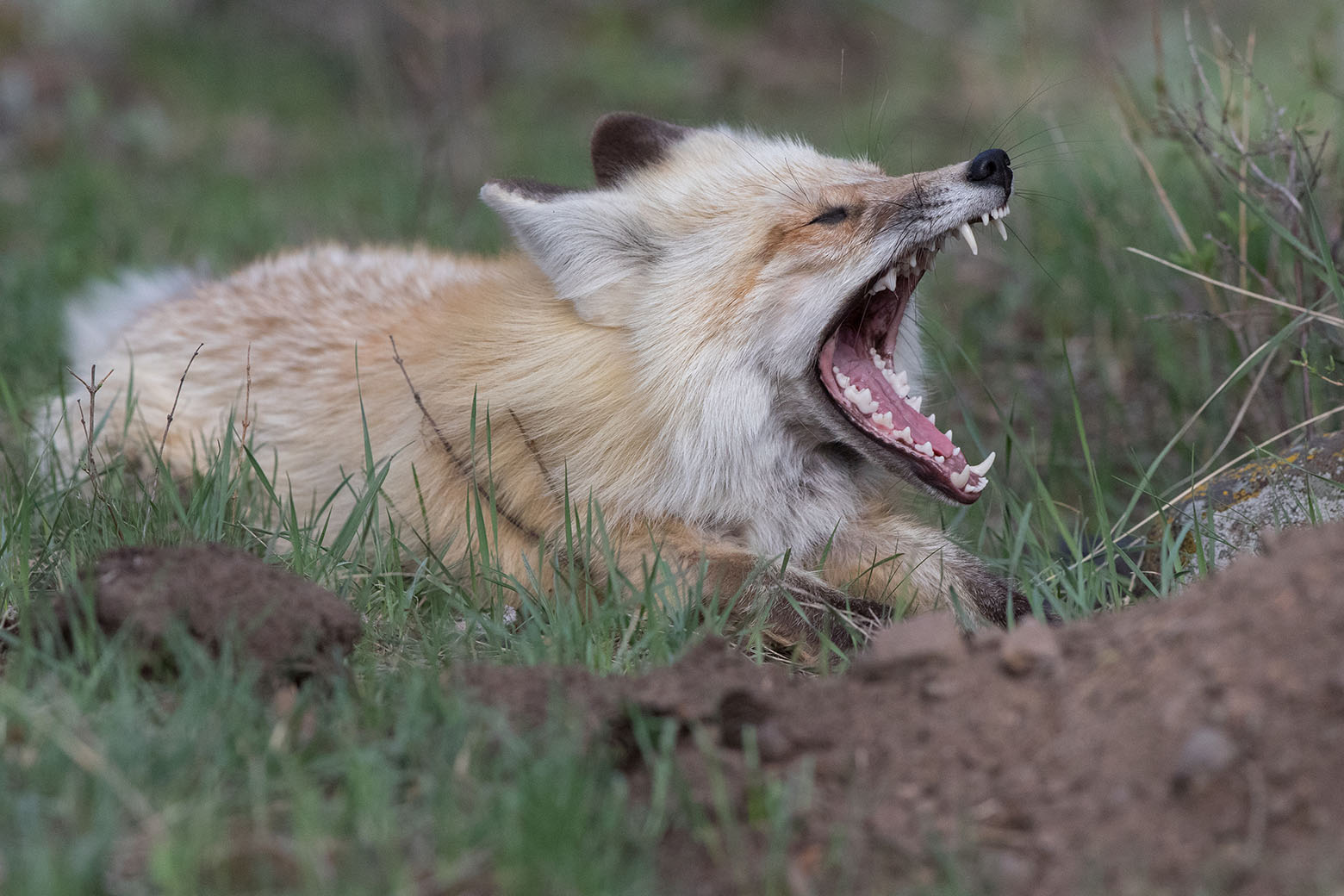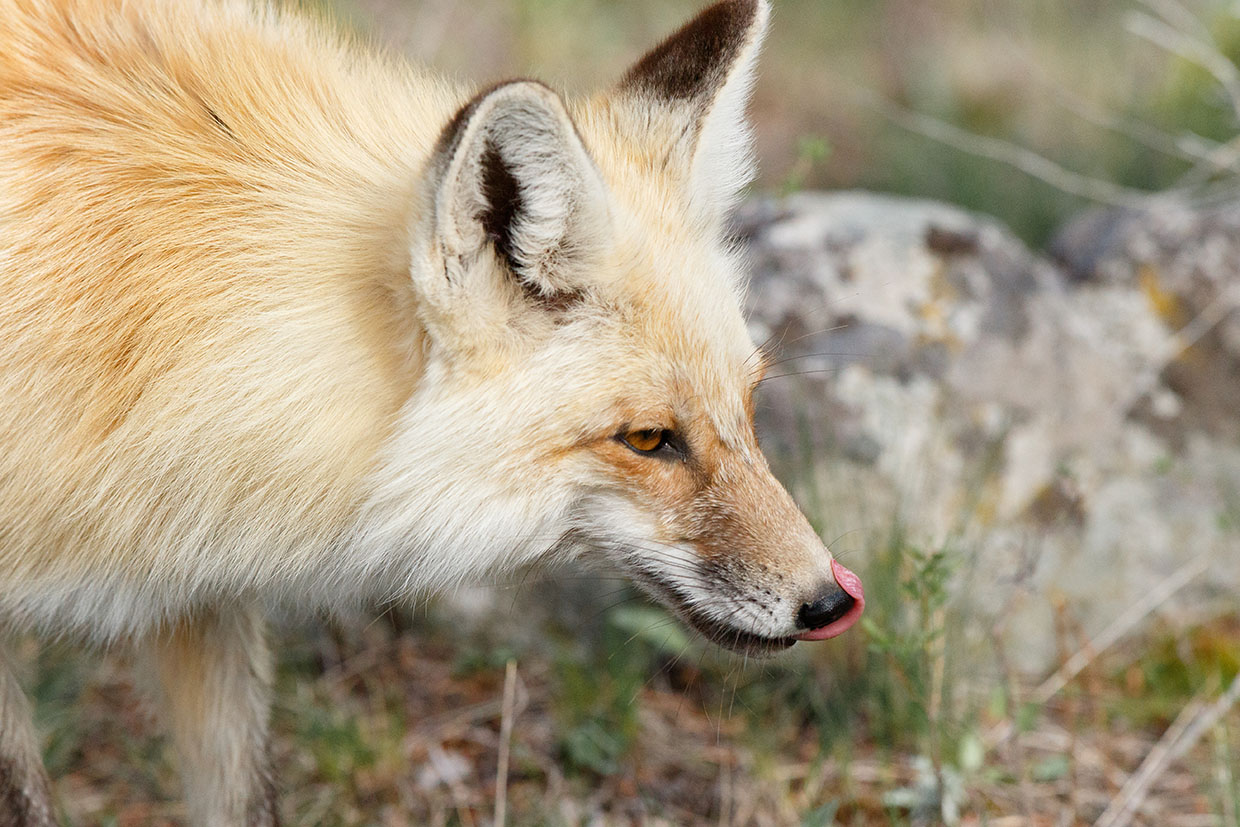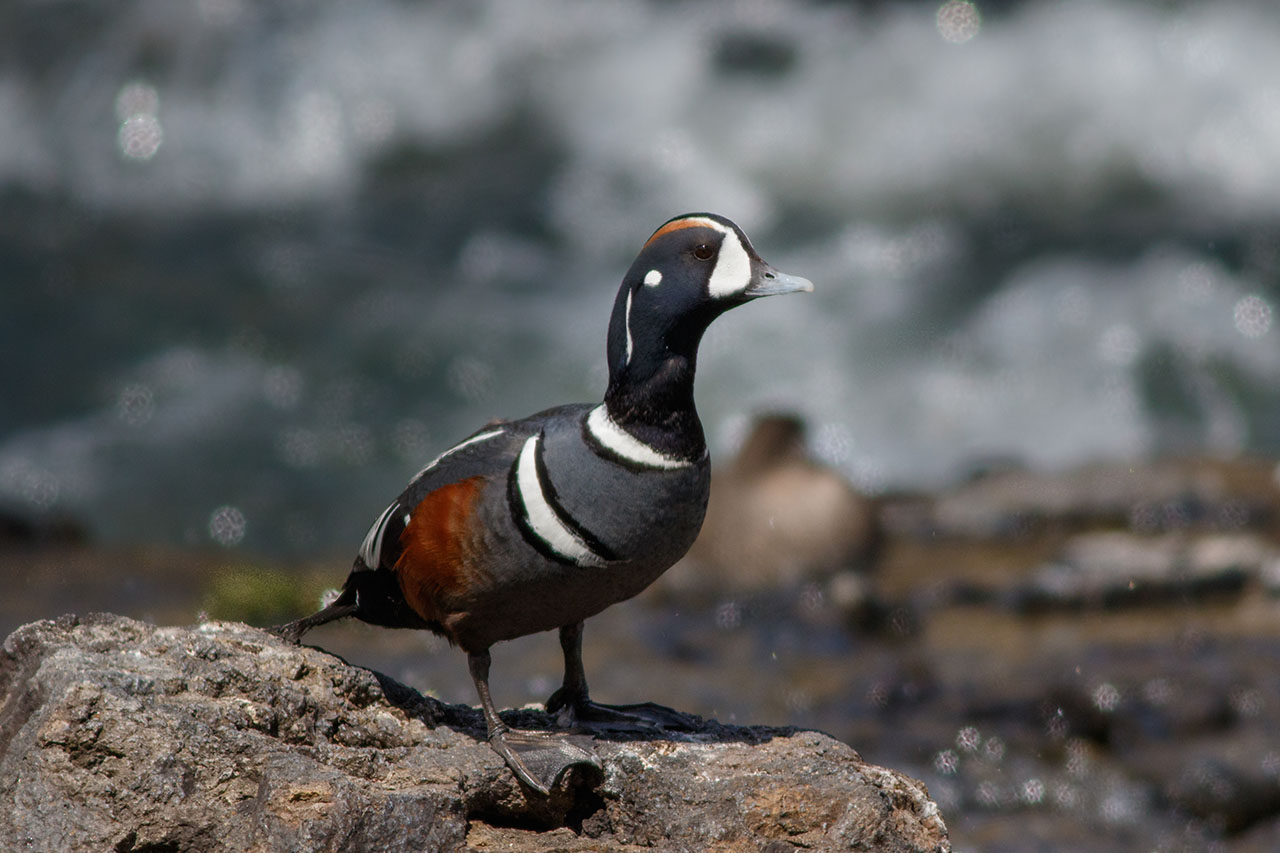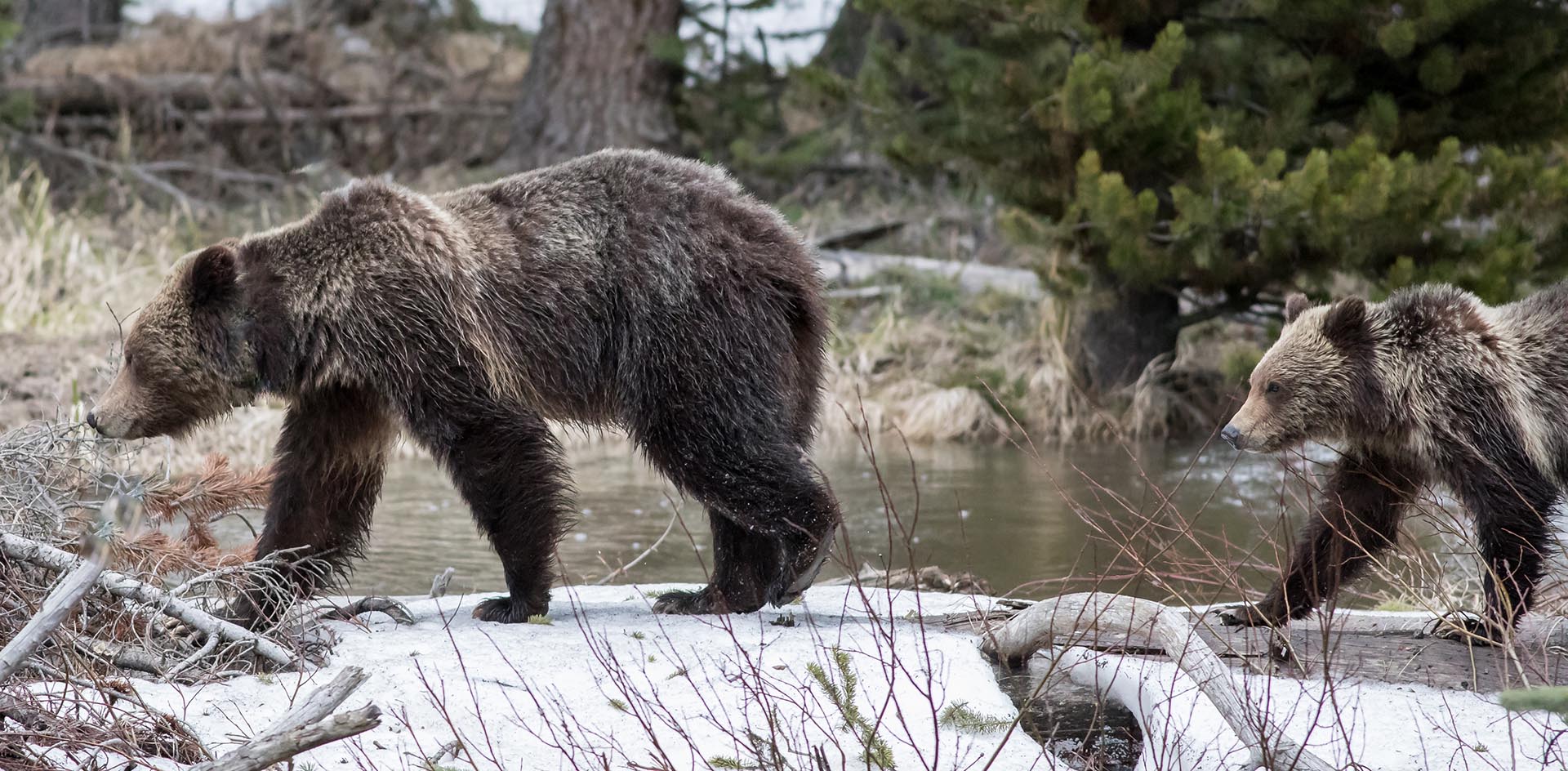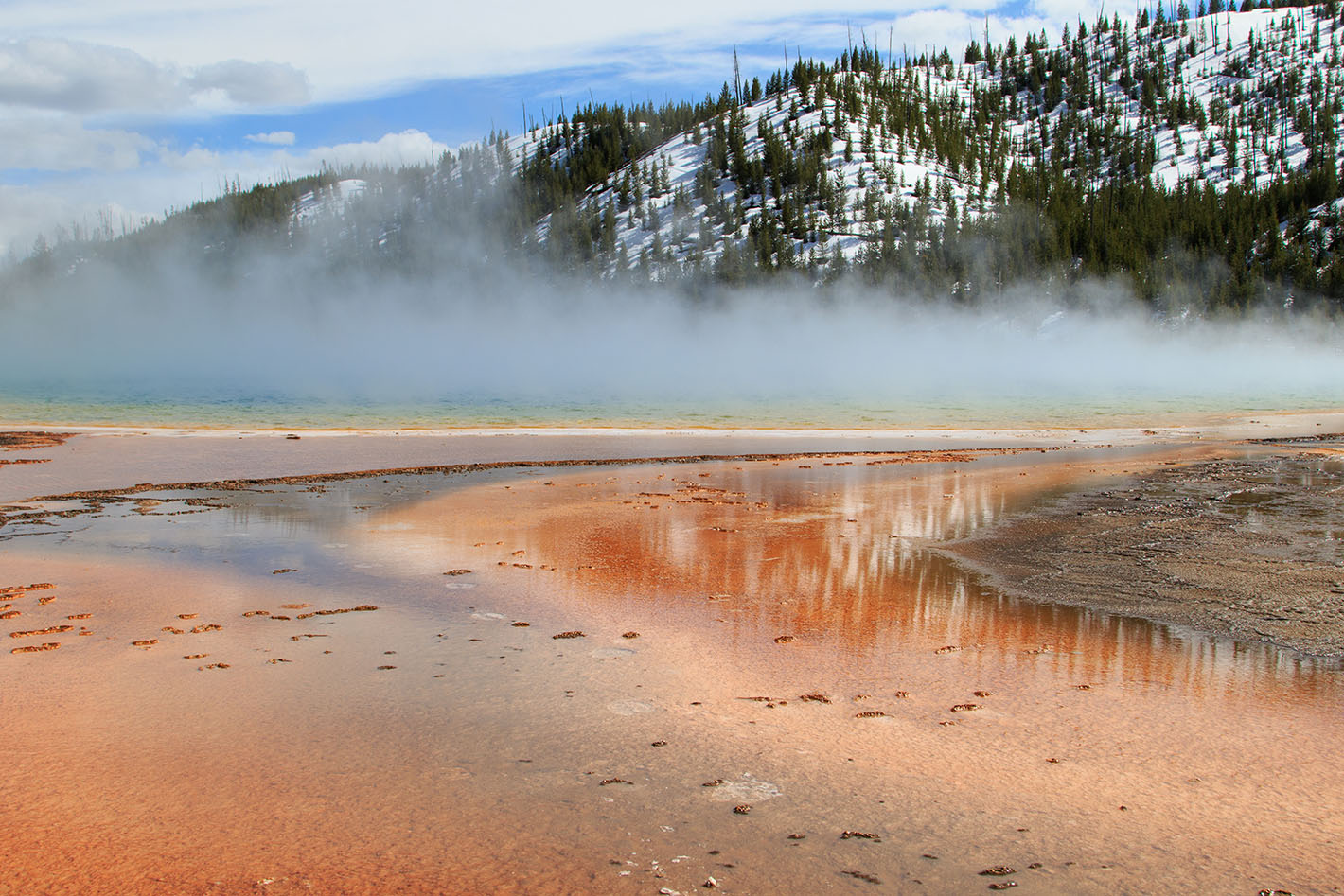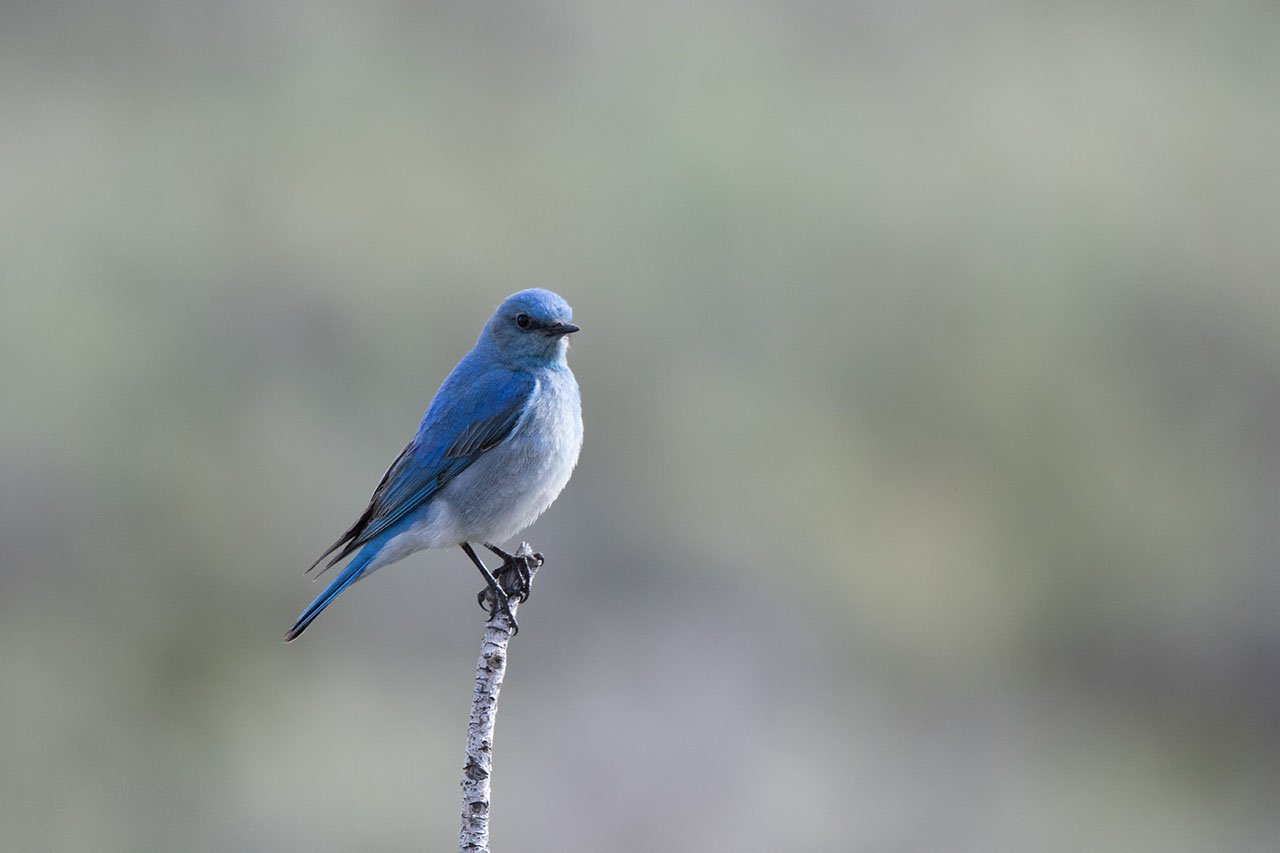In the spring of 2017 HMNS’ resident photographer Mike Rathke went on a photographic expedition of Yellowstone National Park with his father, Ron. Together this father-son professional photographer team captured some of the most splendid sights to be seen not only in North America, but all over the world. Today on Beyond Bones we’re highlighting some of Mike’s favorite photos from his recent journey into the American wilderness.
Calling a trip to Yellowstone an “expedition” may incite a few eye rolls from readers. After all, it is just a park, right? But this isn’t your average park. Yellowstone has been called the Serengeti of North America, and for good reason. Visitors can spot some of the largest animals in the Americas: elk, bison, moose (or is it meese?) in addition to some of the continent’s most notorious predators including grizzly bears and gray wolves. These animals are holdovers from the last Ice Age. Back then there were also lions, elephant relatives, camels, gigantic sloths and armadillos, a whole plethora of mega fauna roaming the Great Plains. Most of those giant beasts are gone now, and as we slip ever further in time away from the heyday of the American savannah, more of these animals will disappear. The splendor of Yellowstone should not be undervalued.
To start our photographic journey, let’s take a look at one of the park’s more elusive residents.
Red Foxes are notoriously hard to spot due to their nocturnal lifestyle and the fact that they prefer to stick to forested areas, avoiding the open plains. However, these pictures were taken in a picnic area just off the road. The fox was foraging for food in a place he/she has associated with easy pickings, probably because park visitors had been feeding it.
Although it presented a great photographic opportunity for Mike, the fact that the fox was hanging around an area commonly trafficked by tourists is not a good thing. When animals learn to associate people with food, there can be negative consequences, usually for the animal.
If an animal such as this fox persistently associates with humans, park management may be forced to put the animal down. They always try to relocate the animal first, but that doesn’t always work. In 1997 one fox was trapped and relocated three different times as far a 60 miles from the location where it was trapped. Each time the animal used its impressive homing abilities to return to the public area it had been foraging in and ultimately park officials were forced to put it down. Incidents like this are not uncommon, which is why it’s best to avoid feeding wild animals.
Next up we have a harlequin duck. These ducks are not only unique for their eccentrically colored plumage, their nesting behavior is also rather unusual. They prefer to nest on the banks of fast moving streams and even rapids, most likely for protection. They hunt in these rough waters as well and are frequently found with broken bones and other traumatic injuries resulting from their harsh environment.
While on a guided hike, Mike stumbled upon a mother grizzly bear and her cub, fresh from hibernation. Notice how skinny they are after their long slumber. The Greater Yellowstone Ecosystem and northwest Montana are the only areas south of Canada that still have large grizzly bear populations. Grizzly’s can roam for hundreds of miles, requiring a vast area to supply the nutrition they need. Unfortunately their large range increases the potential for conflict with humans. That, combined with habitat loss, has led grizzly population to shrink to a fraction of their original numbers.These bears once ranged over large swaths of the American West.
The Grand Prismatic Spring is the largest hot spring in North America and the third largest in the world. It’s depth could swallow a ten story building and its girth at it’s widest point is larger than a football field. The orange, yellow and green rings around the edge of the pool are the result of different species of thermophile (heat-loving) bacteria. These bacteria, by the way, are some of the oldest living organisms on the planet.
Male Mountain Bluebirds have a unique sky-blue coloration. Like other blue birds they have no blue pigments in the feathers. The microscopic structure of their feathers reflects sunlight in the same way that air molecules in the sky do, making them appear blue. On a cloudy day, their color fades to a dusty blue hue. Female Mountain Bluebirds have dull grey bodies with blue feathers.
Yellowstone is the only place in North America where bison have lived continuously since prehistoric times, the park is home to the largest population of bison on public land in North America. Spring is the breeding season for these animals and Mike was lucky enough to capture a shot of two males competing for a mate. Bison are holdovers from the Ice Age, tens of thousands of years ago there were seven species of bison, some reaching towering heights, but now only two exist: the American bison and the European bison. Cave paintings discovered in France dating to more than 30,000 years ago preserve images of ancient bison. We’re lucky to have them still today, the species nearly went extinct in the nineteenth century due to efforts by settlers to kill off the main food source of the Native American societies of the plains. Luckily some populations survived in the wild while others found shelter on private ranches. Not everyone wanted them dead and it’s thanks to a small number of early preservationists that the species has survived.
Places like Yellowstone National Park, with it’s great diversity of large animal species and large geologic formations, are rare. Hopefully this little photo series will encourage you to get out and see it for yourself. And don’t stop at Yellowstone, there’s many more amazing places to see, some of them right here in Texas. If you need inspiration for a future trip come visit the Houston Museum of Natural Science. We have a huge collection of preserved cultural and biological specimens from around the world in our exhibit halls, more than enough to spark the flame of curiosity and encourage you to keep learning.


